Cathy Cahill, Ph.D., is at the helm of a cutting-edge drone program at the University of Alaska Fairbanks (UAF) that’s pushing the boundaries of unmanned aircraft technology. As reported by the Fairbanks Daily News Miner, Cahill leads the Alaska Center for Unmanned Aircraft Systems Integration (ACUASI), a hub for testing and pioneering unmanned drone and aircraft tech.
Integrating Drones into National Airspace
ACUASI’s primary mission is to safely integrate unmanned aircraft into the National Airspace System. Cahill explains, “Our goal is to help integrate unmanned aircraft and drones into the National Airspace System safely.” The center is working on developing beyond visual line of sight and detect and avoid systems, crucial for the widespread adoption of Drone Technology.
A Triple Crown in Drone Research
ACUASI boasts three major designations:
- One of seven Federal Aviation Administration (FAA) unmanned test sites
- One of 18 core research centers for excellence
- One of eight “Beyond” sites
Cahill proudly notes, “Those are three of the crown jewels of the FAA. At ACUASI, they are all under one organization, which makes us unique as we are doing a lot of work on addressing issues related to Alaska.”
Real-World Applications and Partnerships
The center serves as an incubator for commercial entities to test drone technology for practical solutions. In 2023, ACUASI partnered with New Zealand-based Merlin and Everts Air Cargo to demonstrate unmanned flights of a Cessna Grand Caravan to various Alaskan villages.
Cahill envisions a future where drones could be used for various applications: “We could safely fly drones between communities delivering medical supplies or large amounts of cargo, monitor a pipeline or a Wildfire, or do animal counts, do fisheries work.”
A Diverse Fleet and Cutting-Edge Equipment
ACUASI owns a variety of unmanned aircraft and ground control stations, allowing them to deploy anywhere in the world. Their equipment includes:
- Detect-and-avoid systems (ground-based and airborne)
- Anti-GPS jamming systems
- Electro-optical/infrared cameras
- LiDAR systems
- Methane detectors
- Aerosol samplers
From Chemistry Professor to Drone Program Director
Cahill’s journey to leading ACUASI was unexpected. She started at UAF in 1998 as a chemistry professor and researcher working on air pollution issues. Her interest in drones was piqued in 2006 when she saw the potential for using them in air pollution research.
After a congressional fellowship and a shift in ACUASI’s leadership, Cahill was asked to take over. “I’m still surprised I did, and it’s been a great thing,” she reflects.
Breaking Barriers in a Male-Dominated Field
As a woman in a field often dominated by men, Cahill has observed positive changes over the years. She notes the increase in female scientists and professors at the Geophysical Institute and the changing attitudes towards women in the field.
Cahill advises young women pursuing careers in science, technology, and engineering: “Don’t let people tell you you aren’t capable. Just because somebody hasn’t done it before doesn’t mean you can’t do it.”
DroneXL’s Take
The work being done at ACUASI under Cahill’s leadership is crucial for the future of drone technology and its integration into everyday life. As we’ve seen in recent BVLOS (Beyond Visual Line of Sight) operations, the ability to fly drones safely beyond the operator’s visual range is a game-changer for industries like delivery, inspection, and emergency response. Cahill’s emphasis on safety and regulatory compliance is essential for building public TRUST and advancing the Drone Industry as a whole.
What are your thoughts on the future of drone technology and its potential applications? Share your opinions in the comments below.
Photo courtesy of Jack Barnwell / Fairbanks Daily News Miner
Discover more from DroneXL.co
Subscribe to get the latest posts sent to your email.
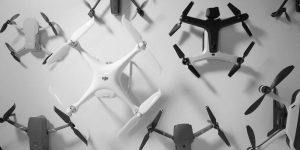


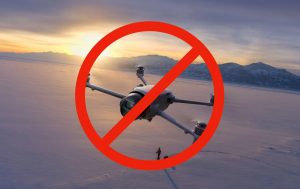
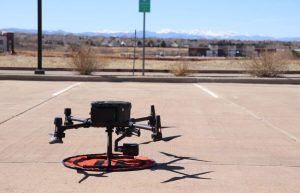

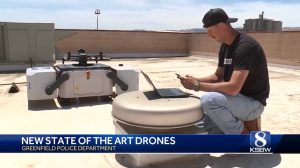

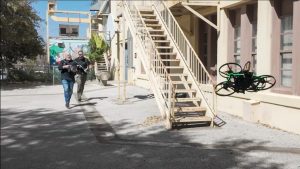
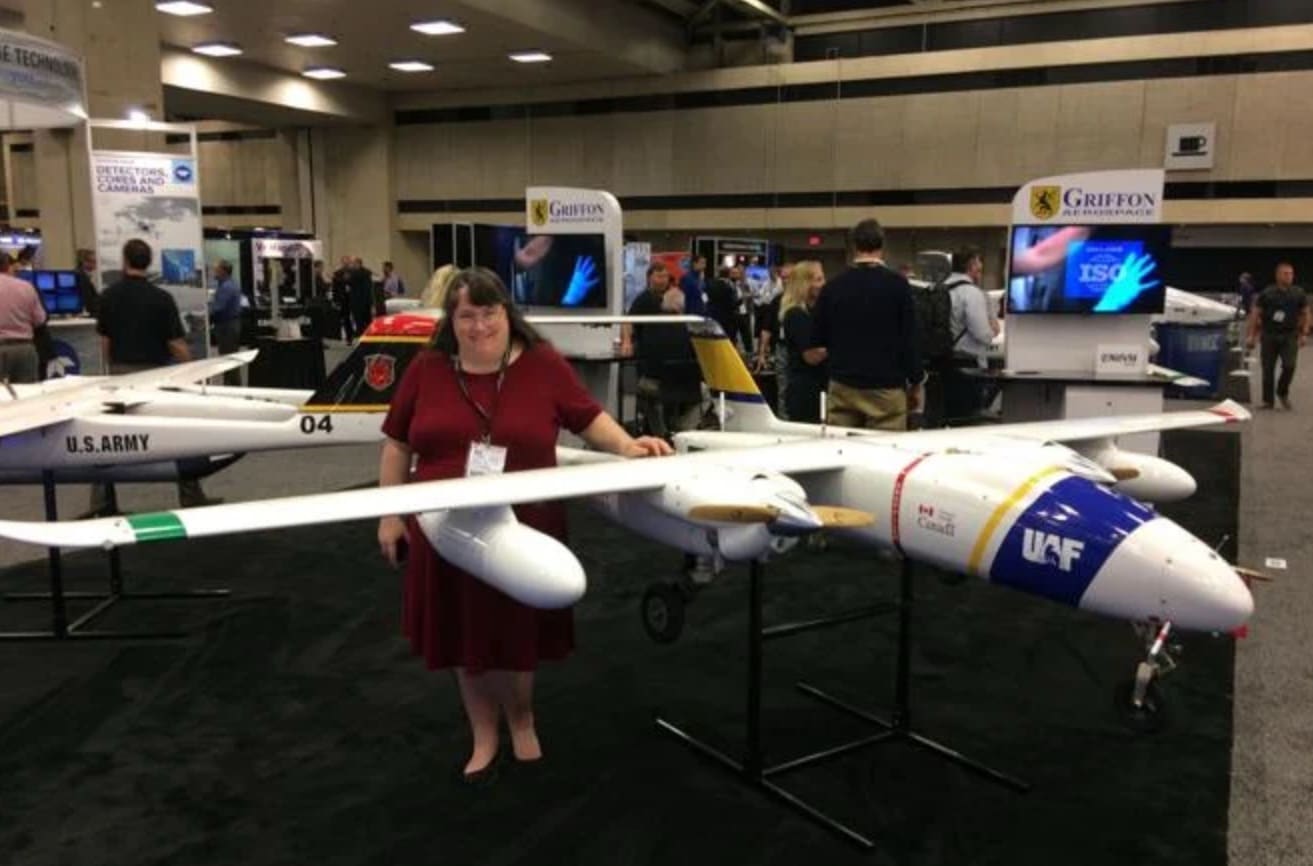
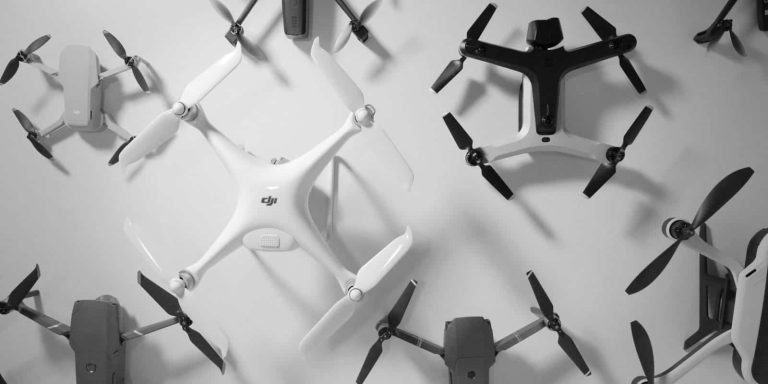


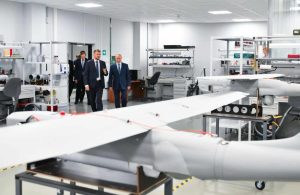
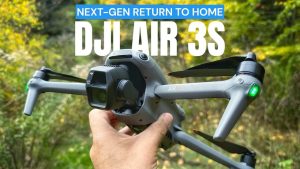
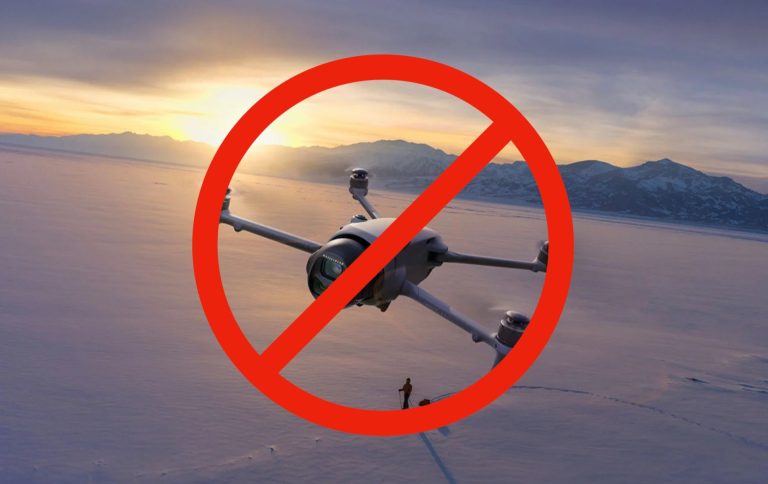
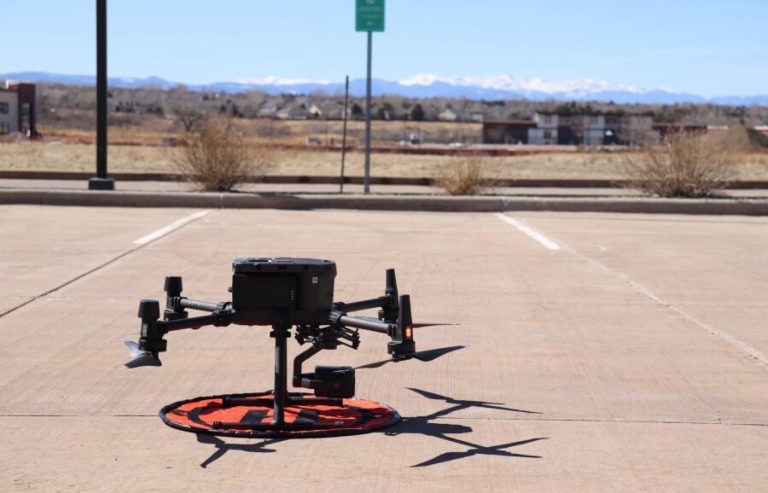
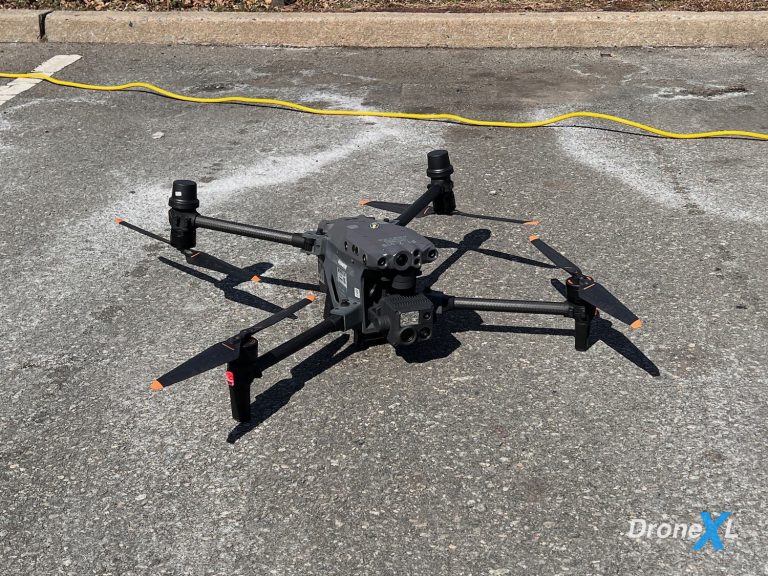

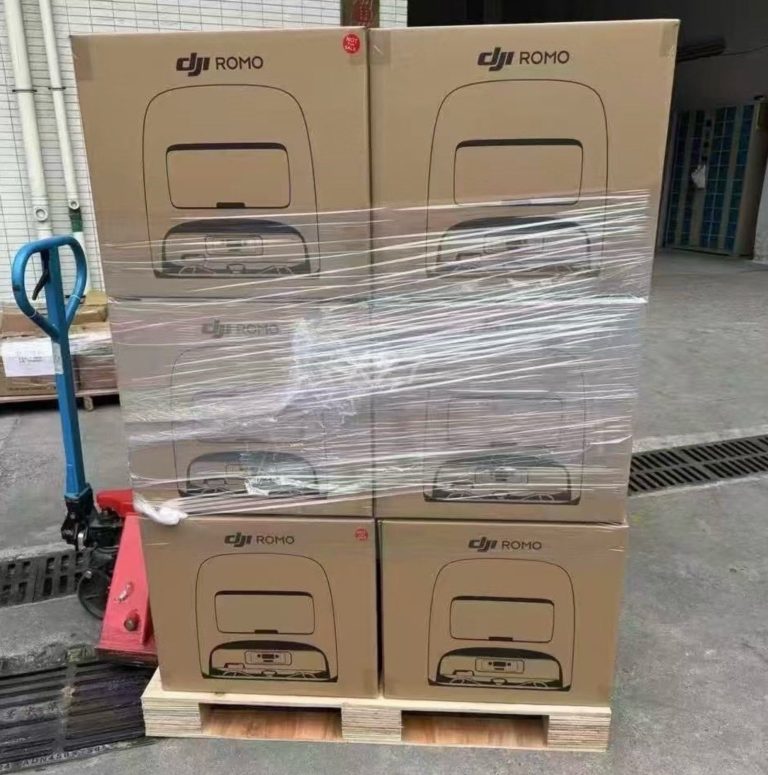
+ There are no comments
Add yours